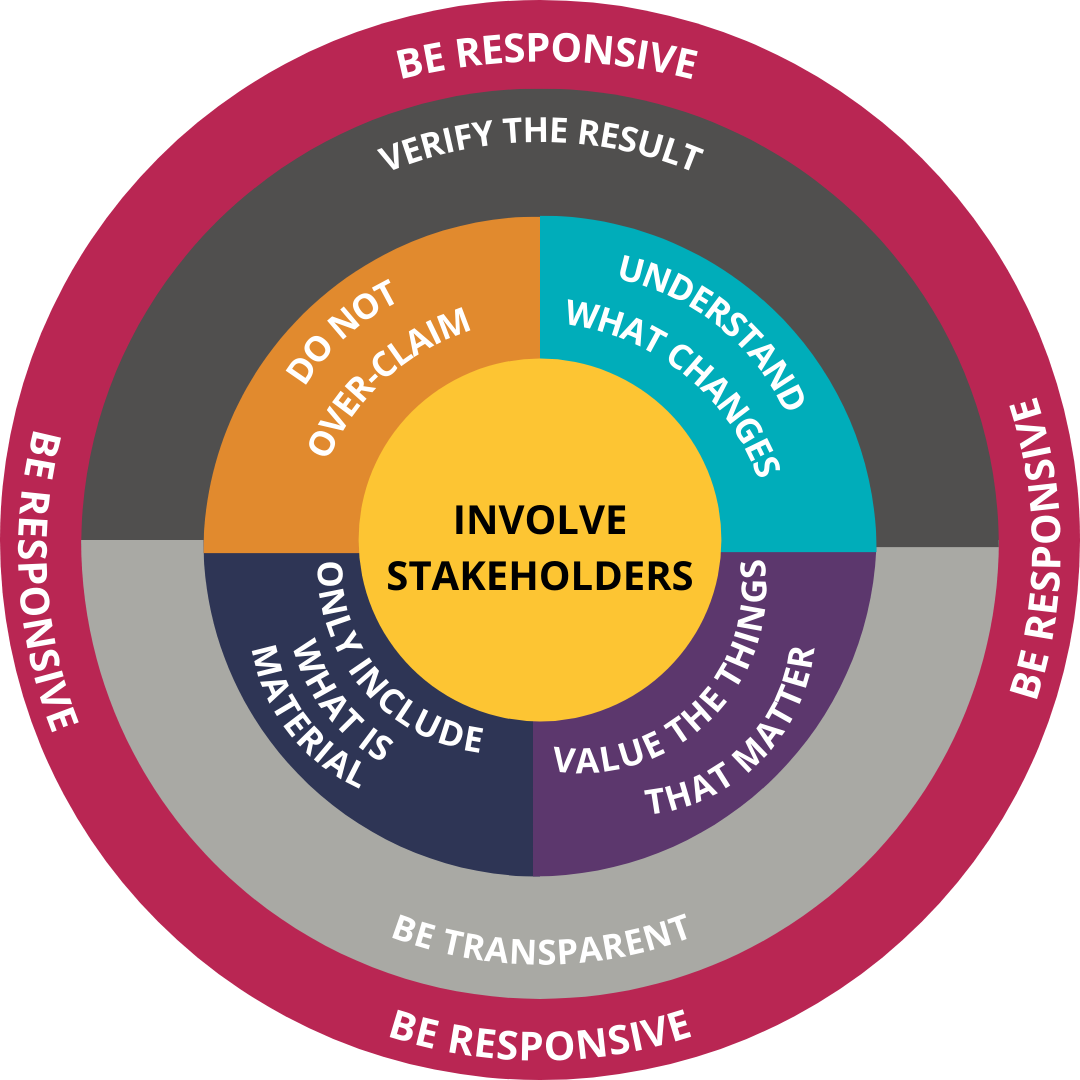Measuring and managing social value leads to better, evidence-based decision making, fairer resource allocation, and improves the overall well-being of communities.
Economists relegate any social, environmental, or cultural impacts of activities to the “externalities” basket. These are thought to be the positive or negative consequences of activities on some “third parties” who are not directly involved, but are still affected by these activities. Globally, there is a growing movement to broaden the definition of who is considered to be a key stakeholder to include all those who in some way affect, or are affected by, an activity. This includes not just funders, investors, and direct beneficiaries, but also the environment, staff, and wider society.
Historically, the responsibility to maximise social impact has rested primarily with organisations whose work directly affects the community. Public sector organisations are held to account when social outcomes are perceived to be deteriorating, but their direct influence on these outcomes is hardly measured and is not reported on regularly. On the other hand, the purpose of profit driven organisations has long been understood to be to maximise their earnings and returns to shareholders with no, or limited, obligation to report on social and environmental outcomes.
Resource allocation must be based on a broader measure of value – social value
Monetary values assigned to goods and services (prices) are just the market’s best estimation of their value. What prices don’t capture are externalities, or broader consequences of activities. As we broaden the definition of who is a stakeholder, and which groups an organisation is accountable to, it is natural to consider how we can internalise, or incorporate, these externalities in our reporting, and maximise value provision for these groups. This broader understanding of value is known as social value – it emphasises measuring what is important to people, beyond profit.
The ultimate goal of any investment is to maximise outputs through efficiency. For the public sector, this means maximising social value per dollar invested. But first, we need to be able to consistently measure and track social value. Without this, it will be impossible to know whether programmes designed to reduce unemployment, improve education outcomes, or reduce crime are maximising value from investment.
Social return on investment is an internationally recognised tool designed to measure social value
Social return on investment (SROI) is an internationally recognised approach to understanding and measuring the effects of a programme, organisation, or policy. The methodology is designed to measure social value, reported in financial terms, through the use of proxy monetary values and stakeholder involvement. The framework recognises, and embraces, the fact that value is subjective. It is a bottom up approach, meaning stakeholder involvement lies at its heart. By aligning reported value with stakeholder priorities, change can be guided and/or managed in ways that are relevant to those who experience this change, ensuring that impacts remain relevant and meaningful.
SROI is underpinned by eight principles that draw on well-established methodologies including cost-benefit analysis, financial accounting, and evaluation.

Through the application of these principles, we are able to create a consistent and credible account of the social value that is being created or destroyed. These principles can be adapted to suit the context and purpose of each programme, policy, or organisation being evaluated. An SROI analysis produces a ratio that indicates the total social value returned for the dollars invested, providing an indication of cost effectiveness.
What are the benefits of using SROI, and when can it be used?
- It is a powerful tool that helps translate broader measures of success into financial terms to effectively communicate value
- Funders can use SROI initially as a way to help them decide where to invest, and track performance and measure progress over time
- An SROI analysis can be conducted in the planning stages of an activity or programme to understand how much social value will be created, or it can be undertaken retrospectively based on actual outcomes
- SROI can be used by organisations that develop public policy, for which recognition of social value is important
- It helps create a formal dialogue with stakeholders that enables them to hold the service to account, and involves them meaningfully in service design
- It provides an opportunity to embed the learnings from the analysis to improve on processes and outcomes.
Consultant, Urvashi Yadav, is an internationally recognised Social Value Associate. If you would like to explore how you could start measuring the full spectrum of your organisation’s impact through SROI, we would welcome the opportunity to navigate that path with you.